
The NSW government's plan to build apartment blocks close to seven Hunter train stations could boost housing supply and prove a windfall for land owners, but it has also raised questions about how the strategy conflicts with heritage zones and the reality of "atrocious" public transport services.
The Newcastle Herald reported on Thursday that plans accidentally loaded onto a government website this week showed the state would impose new planning controls within 400 metres of 31 train stations across Sydney, Newcastle and Illawarra.
Premier Chris Minns and Planning Minister Paul Scully confirmed the Transport Oriented Development Program on Thursday, saying the government would "snap rezone" the 31 "tier-two" precincts to "make residential flat building permissible in all residential zonings".
The seven Newcastle stations identified in the program are the Newcastle Interchange, Hamilton, Adamstown, Kotara, Teralba, Booragul and Morisset.
The government will amend state planning policy in April to allow apartment buildings up to 21 metres, or six storeys, on all residential land and some commercial land within the seven precincts.
The new planning rules will stipulate no minimum lot sizes or widths.
The government said it would provide $520 million for road upgrades, transport links and open spaces around eight separate "tier-one" zones in Sydney but did not commit to spending in the Hunter or Illawarra.
Former NSW housing minister and chair of advocacy group Housing Now David Borger said the new policy was the biggest rezoning in Australia's history.
"The NIMBYs are in retreat and it's time that the ordinary folk who have been locked out of the housing market take back our city," he said.
But the government's plans contradict council heritage strategies around at least two of the stations in the Hunter and are at odds with its decisions in the September budget to scrap funding for faster rail services to Sydney and cancel the Newcastle Mines Grouting Fund.
Lake Macquarie City Council has declared most of the land around Teralba station as a heritage conservation area to "conserve the heritage significance, landscape setting and visual setting" of the suburb.
City of Newcastle has adopted a master plan for Wickham which includes a "Village Hub" precinct designed to preserve part of the suburb's heritage scale and character.

The hub, all of which lies within a 400-metre radius of Newcastle Interchange, has a height limit of 10 metres and is zoned for mixed use.
One developer predicted the government's plans would spell the end of the Wickham village precinct.
Mr Scully's office said the new planning policy would "work with" mixed-use zonings and the government would consult affected councils.
The government released a supporting document for the program which says the Department of Planning analysed 305 existing and future train stations in Sydney, Newcastle and Wollongong to "identify locations that have enabling infrastructure capacity close to a transport station to support additional housing growth".
"This was informed by an evidence-based approach that used planning, infrastructure and spatial data, along with expert advice and feasibility analysis," the document says.
Property Council NSW executive director Katie Stevenson described the plans as "half-cooked" and called on the government to explain why some areas with heritage constraints had been included.
The Hunter director of the Property Council of Australia, Anita Hugo, said the government needed to invest more in public transport to ensure the identified zones were viable for higher-density living.
Teralba, Booragul, Kotara and Adamstown stations have services only once an hour to Newcastle on weekdays because they are not stops on the Sydney to Newcastle express service.
"We don't have the frequency of services that Sydney has when you look at train lines," she said.
"We're only going to see significant outcomes from these zonings if the infrastructure comes along with it. It absolutely isn't already in place in a lot of the places in the Hunter."
Ms Hugo said it would "make sense" to move Kotara train station closer to the suburb's major "homemaker" shopping centre, while building the long-awaited Lower Hunter Freight Rail Bypass would make the identified sites more attractive to developers and residents "because people aren't having to live with freight and coal train impacts".
She said the Teralba and Booragul zones needed "more consideration and consultation" because of mine subsidence constraints and a lack of road and public transport infrastructure.
Wickham, Teralba and Booragul are in proclaimed mine subsidence districts, which can limit the scale of new development.
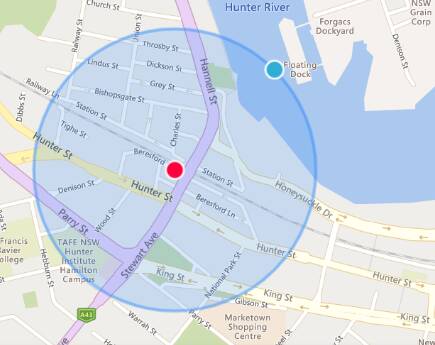
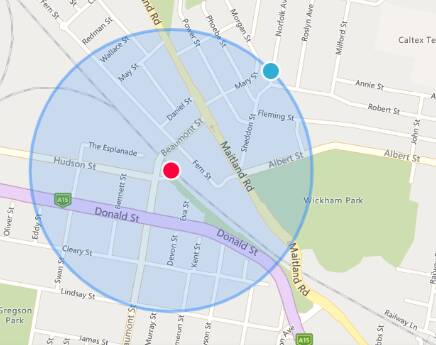
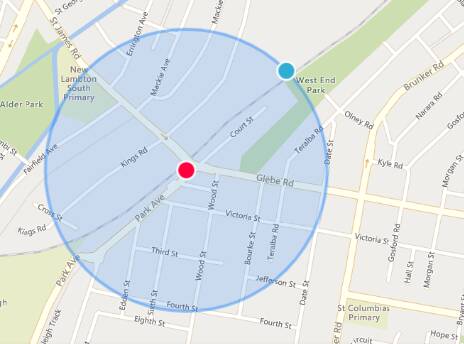
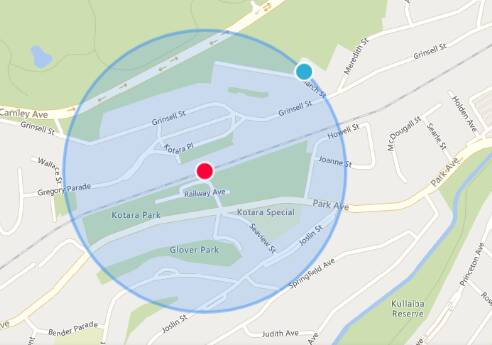
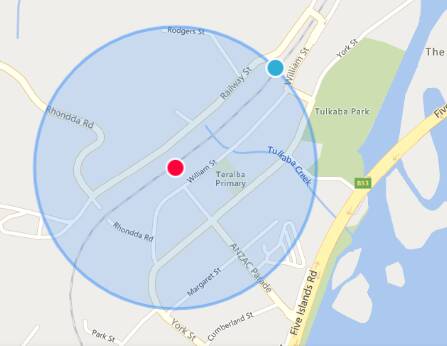
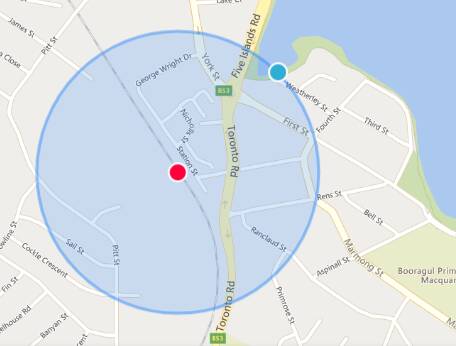
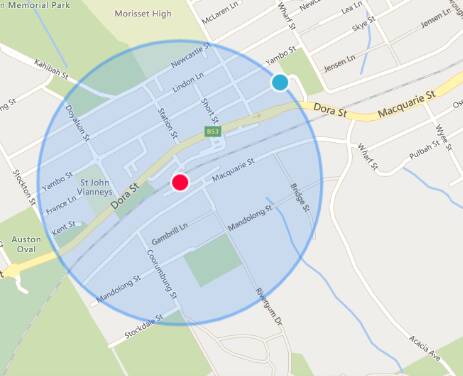
"The Wickham expansion ... without a mines grouting fund people are not going to want to develop whether there's rezonings to accommodate that or not," Ms Hugo said.
She said the government should be "more ambitious" by expanding the 400-metre zones to 800 metres.
Newcastle council chief executive Jeremy Bath said the Department of Planning would brief council staff on the planned changes next week.
"While Newcastle has encouraged greater residential density in areas within 400 metres of train stations and town centres for more than a decade, it would appear that what is being proposed is a further increase in existing height limits," he said.
"This will have an impact on parts of Wickham, Kotara, Adamstown and Hamilton, and it will be critical that the community's voice is considered in any changes.
"The state government has allocated more than half a billion dollars to support the construction of new community infrastructure to support their planning reforms in Sydney.
"It's important that similar funding also be made available for Newcastle and Lake Macquarie to support any increase in density within 400 metres of the nominated train stations."
Mr Bath said new rail services would be needed for the planning reforms to be effective.
"This is particularly important for the communities in Kotara and Adamstown which the express trains currently skip.
"The appeal of living within 400 metres of a train station is all about the frequency of scheduled trains.
"Transport for NSW's network plan is expected to be made public in March.
"Hopefully its authors are today reading the government's planning reforms and recognising that station rezonings without a transport plan is going to be of limited appeal to developers."
Lake Macquarie mayor Kay Fraser said Morisset could attract more dwellings close to its train station but it was unlikely developers and buyers would be interested in six-storey buildings at Teralba and Booragul.
"Our public transport in Lake Macquarie is atrocious," she said.
She said infrastructure to support higher housing density around Cockle Creek station would be a worthwhile investment.
Teralba and Booragul are predominantly zoned for low- and medium-density housing up to 8.5 metres. Morisset includes residential and commercial land now zoned for buildings up to 10 or 13 metres.
Lake Macquarie council manager of integrated development Wes Hain said allowing 21-metre apartment buildings in low-density zones was a "substantial change".
"I'd say there could be some conflict. For Morisset not so much ... but for Booragul and Teralba I think there will be some challenges for people who have bought into the area or lived in the area a long time," he said.
He said the Department of Planning had not consulted the council about Teralba or Booragul stations.
"If we were consulted, there possibly could have been other stations that may have been either better suited or added to the list," he said.
Committee for the Hunter chief executive Alice Thompson said the government's "bold" plans were a "fitting response to the housing crisis" and followed "best practice" urban planning and economics.
But she said the plans must include much greater investment in transport infrastructure, especially in the local projects which "actually unlock housing".
"There is appetite for a bigger Hunter here, but the barrier to more housing in the Hunter is not planning reform; here it is a classic growth infrastructure problem," she said.
The government announced last week that it would develop a "pattern book" of pre-approved designs for four- to six-storey buildings to speed up development approvals.
NOTE: A previous version of this story said Department of Planning officers would brief Newcastle councillors next week. The briefing is for council staff.














